Complete Nuclear Ban
Return to article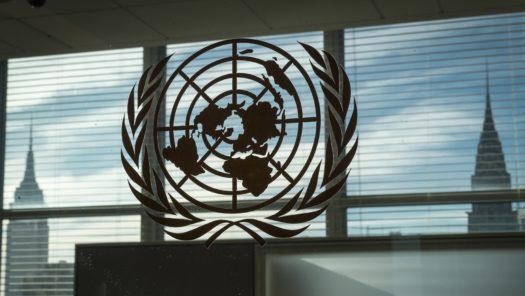
SAV Review: Evaluating the Normative Utility of the NWPT in South Asia
The Bulletin of the Atomic Scientists, through its Doomsday Clock—the metaphorical clock whose hour hand is set to midnight, representing nuclear armageddon—has assessed the current global nuclear situation to be the most dangerous since 1953, the year both the United…
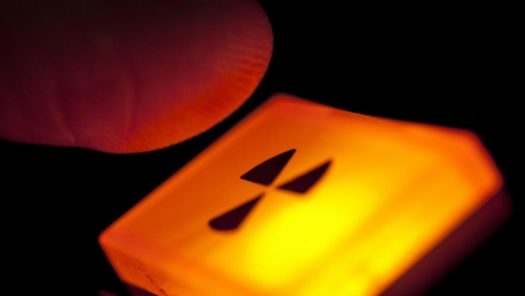
Towards Nuclear Disarmament in South Asia: What Can Civil Society Do?
On July 7, the United Nations General Assembly (UNGA) voted on the text of the Treaty on the Prohibition of Nuclear Weapons. The treaty prohibits the use or threat of use of nuclear weapons by signatory nations and bans developing,…
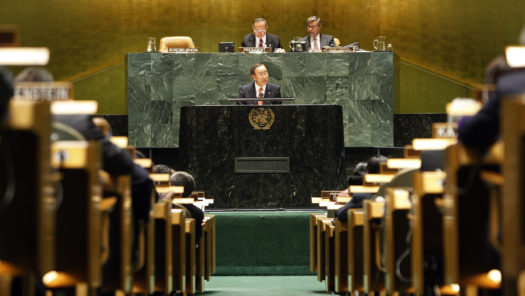
Nuclear Weapons Ban: Casting Pearls before Swine
Despite objections from major nuclear powers, more than 120 countries launched the first round of United Nations negotiations on a global nuclear weapons ban in March in New York City. Britain, France, Israel, Russia, and the United States all voted against…
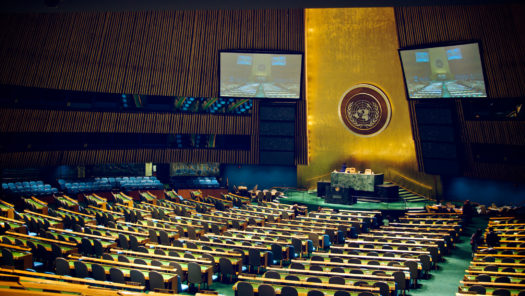
Banning the Bomb: India Will Wait and See
In late October, the United Nations General Assembly (UNGA) adopted a resolution to convene worldwide negotiations, early next year, on a “legally binding instrument to prohibit nuclear weapons, leading towards their total elimination.” If successful, this would mean the first…
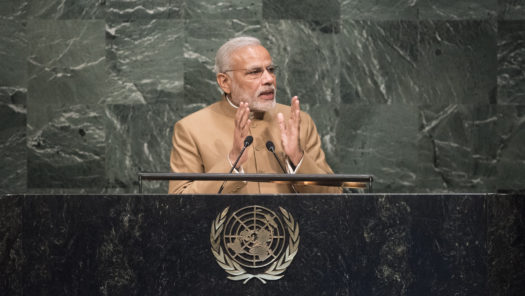
Banning the Bomb: India Abstains on Ban Vote, Bides Time
The UN General Assembly recently adopted a resolution calling for the commencement of negotiations in 2017 for a “legally binding instrument” to prohibit nuclear weapons. Overall, 123 countries voted in favour of the resolution and 38 voted against. India, China,…
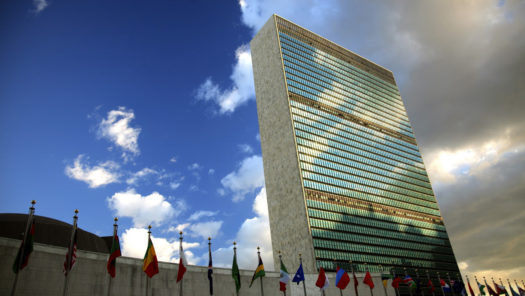
Banning the Bomb: Pakistan’s Prospects
In the last week of October, the United Nations General Assembly (UNGA) Disarmament and International Security Committee adopted resolution L.41, which initiates a formal process for outlawing nuclear weapons. It calls on member states to convene a multilateral UN Conference…